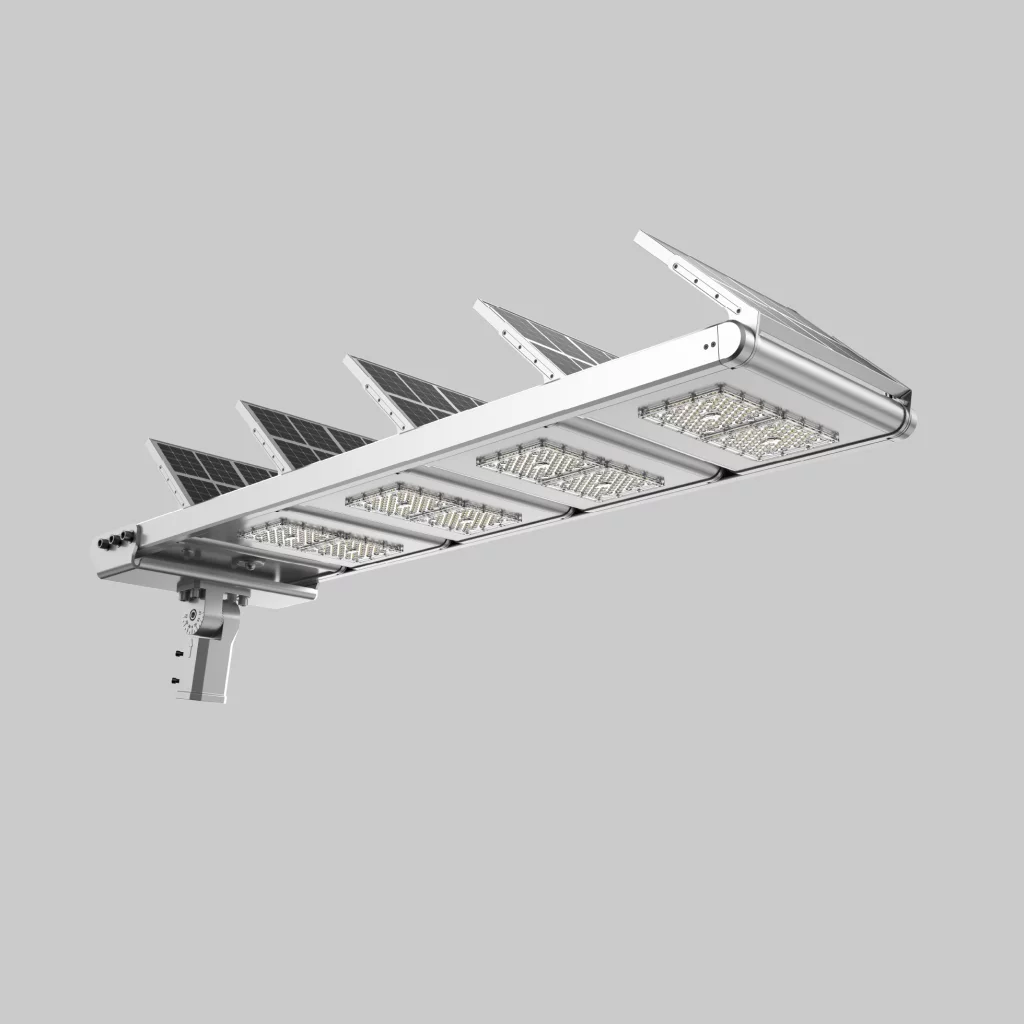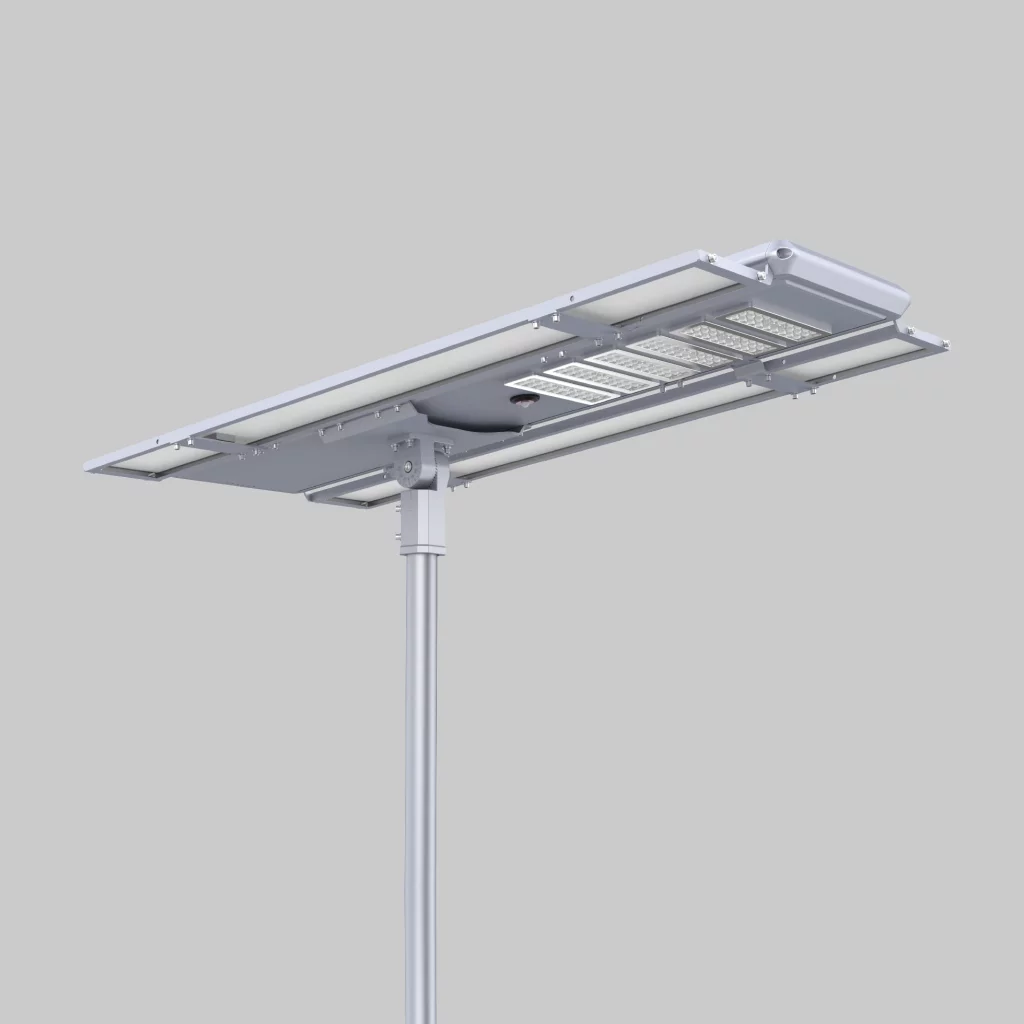In recent years, the sports industry has witnessed a staggering shift towards energy-efficient lighting solutions. Studies reveal that stadiums equipped with LED lights can reduce energy consumption by up to 75%, significantly lowering operational costs while enhancing visibility and safety for players and spectators alike.
The Characteristics of LED Stadium Lights
led stadium lights are designed not only for their brightness but also for their longevity and efficiency. These lights typically boast an impressive lifespan of over 50,000 hours, which translates into fewer replacements compared to traditional lighting systems. Additionally, they provide superior illumination quality with minimal glare, ensuring optimal viewing experiences during night events. Importantly, when considering maintenance requirements, led stadium lights require less frequent servicing due to their durability and reduced heat output.
Outdoor Street Lamps and Their Maintenance Requirements
When we examine outdoor street lamps alongside LED stadium lights, it becomes evident that both share similar maintenance challenges yet differ in scale and application. Outdoor street lamps often face issues such as bulb replacement due to weather exposure or vandalism; however, advancements in technology have led many municipalities to adopt LEDs for these fixtures as well. The maintenance requirements include regular inspections to ensure functionality and cleanliness from debris or dirt buildup that could hinder light output.
The Maintenance Features of EXC Lighting
EXC Lighting stands out in the realm of maintenance requirements through several key features:
- Modular Design: This allows easy access for repairs without needing extensive downtime.
- Sustainable Materials: Built using corrosion-resistant materials ensures longevity even under harsh environmental conditions.
- User-Friendly Technology: Integrated monitoring systems alert operators about potential failures before they occur.
- Easily Replaceable Components: Individual parts can be replaced without replacing the entire unit—reducing waste and cost.
- Lifespan Tracking: Advanced tracking capabilities help manage scheduled maintenance efficiently based on actual usage data rather than estimations.
A Conclusion on Maintenance Requirements for LED Stadium Lights

The transition towards LED stadium lights represents a significant advancement not only in terms of energy efficiency but also regarding ease of maintenance. With longer lifespans and lower service frequency compared to traditional lighting options like outdoor street lamps, facilities utilizing this technology can expect reduced operational disruptions while maintaining high standards of performance. In summary, investing in LED stadium lighting is not just an upgrade; it’s a strategic move toward sustainability coupled with practical benefits concerning ongoing upkeep demands.

